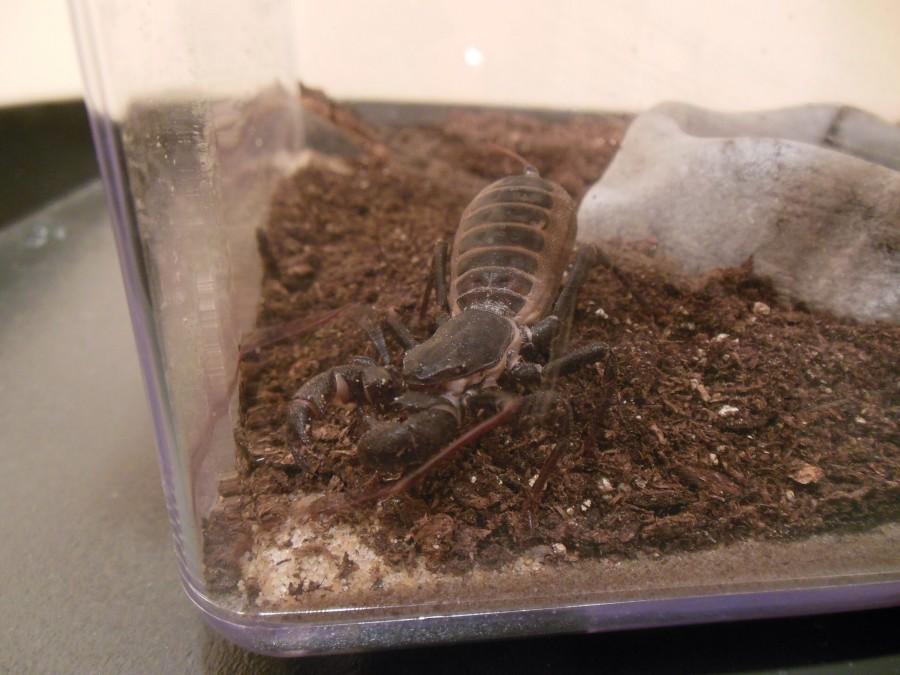Many animals have bones and make their presence known, but there is a whole other world of boneless, invisible to the naked eye animals that roam this Earth. A UTEP professor has researched animals that are less than a millimeter long and that needed to be seen through a microscope. The purpose of the research was to inform people about these rotifers, which are minute, multicellur aquatic animals that belong to the phylum Rotifera. Rotifers are rarely heard or thought of, especially the powerful jaws they possess.
Dr. Elizabeth Walsh, a professor of biological sciences, conducted a research on the jaws of these invisible, invertebrate rotifers. Invertebrate animals do not possess bones, but instead they usually have a hard exoskeleton or some other form of exterior protection. Typically, their jaws have similar functions to vertebrate jaws, but instead of being composed of bones, they are made of other materials like calcium carbonate and phosphate.
Her research, along with other activities for children, is being shown at the Invertebrate Jaws: No Bones about It Exhibit at the Centennial Museum.
[youtube id=”PvMsuPOqICM”]
Scott Cutler, curator of the exhibit, said the purpose of the exhibit is to go over invertebrate jaws in detail.
“The exhibit is looking at the diversity of invertebrate jaws from the jaws of the giant squid to jaws belonging to smaller rotifers,” Cutler said. “We also examine predator-prey relationships and the chain of things, from the top of the food chain to the herbivores.”
The exhibit also includes a section dedicated to explaining how the research was conducted. With the creatures being so small, special tools were needed to view them and create photographs and pictures of their jaws.
“They used light microscopes, electron microscopes and x-ray spectroscopy,” Cutler said. “When the light microscope was used, the rotifer was placed in a drop of water on a microscope slide, and when they were viewed using the electron microscope, they were coated in gold dust in order to create the pictures of them.”
Light microscopes are set up around the room with slides so visitors can view the animals. In another part of the exhibit, there are live creatures such as a tarantula and centipede, so visitors can observe examples of invertebrates in action. Visitors can also see examples of 3D printed jaws and puzzles that help explain how jaws and observing rotifers work.
“We’d like people to realize there is a whole other microscopic world that people have no idea about,” Cutler said.
The exhibit will be up until September 19. The Centennial Museum is open Tuesday through Saturday from 10 a.m. to 4:30 p.m. For more information, call 747-5565.
Julia Hettiger may be reached at [email protected].









